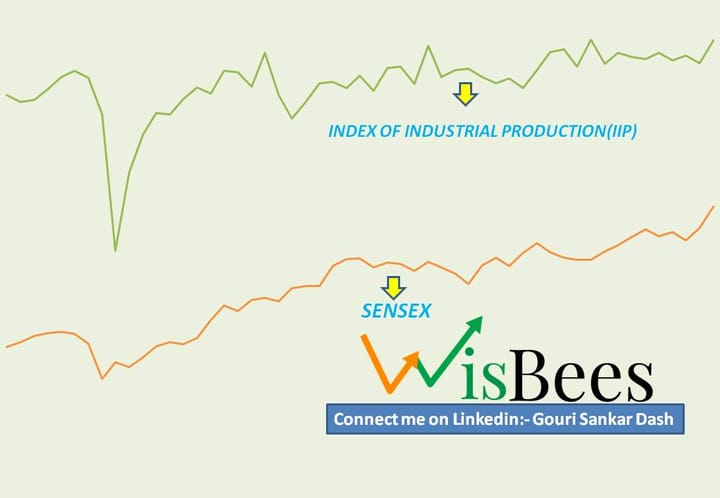DOJI Candlestick Pattern

A ‘doji’ is a Japanese word that means ‘the same thing’. It's named in such a way because in technical analysis the opening price and the closing price are the same. The price at which the market opened for the period is the same as the price at which the market closed.
Like a spinning top candle stick pattern, a doji is also marked for indecisiveness in the market. We can say a doji is formed when the real body of the candle is below 5% of the actual price movement during that period irrespective of the wick length.
Formation of Doji
When the market opens at a specific price point moves in either direction and settles at or very close to its opening price.
Types
- Long-Legged Doji
- Gravestone Doji
- Dragonfly Doji

Long-Legged Doji:
It consists of a short body, a long upper wick, and a long lower wick with almost the same opening and closing price. This may also mark a start of a consolidation period because they have long wicks marking the highs and lows of the pattern. Until and unless a large candle breaks its high or low the market tends to go sideways.
The long upper and lower shadows of the long-legged doji indicate that there was significant buying and selling activity during the trading period, but the market was unable to establish a clear direction. The small real body in the middle of the candlestick indicates that there was little net change in price from the opening to the closing of the trading period.
Place a stop loss order below the low of the long-legged doji candlestick if you are going long, or above the high of the candlestick if you are going short. This will limit your losses in case the trade goes against you.
Gravestone Doji:
It is a bearish reversal candlestick pattern that usually appears at the top of the chart. It is formed when the open, low, and close are very close to each other with a long upper wick. Here, the interpretation is that the bulls tried to take the price up and the bears pulled it down. This marks that the bulls have exited the market and bears have entered the market.
NOTE:
- Wait for the confirmation of the pattern by the next candle formation.
2. The lower wick must be very close to the opening and closing of the period or it may be misunderstood by patterns such as an inverted hammer, shooting star, or a spinning top.
3. Although these patterns are considered indicators. But they are nothing but dojis that more or less indicates indecisiveness in the market.
Dragonfly Doji:
It is the complete opposite of the gravestone doji pattern. This pattern doesn’t appear so frequently but whenever appears the trend reverses. It is formed when the open, high, and close are the same with a long lower wick.
Here, the interpretation is that the bears are trying to pull the market down and the bulls are now dominating. This indicates that the bulls have an upper hand.
NOTE:
Both patterns should be confirmed by volumes of the current period or else traders may end up trapped by the market.
Using Doji to understand the trend
This candle stick pattern is a strong reversal signal. If the price is falling and a doji appeared at the bottom of the trend then there is a very high chance that the trend is about to change and the market may enter into an upswing. Similarly, if the price is rising and a doji is formed at the top of a trend the market is likely to reverse.
Note that the above-mentioned move is only applicable when the very next candle gives a significant move in either of the directions and the pattern should be confirmed by volume.
Example
We have taken M & M daily chart and dojis have been marked in yellow. As we have discussed earlier in the topic that the doji appearing at the top of the trend if confirmed by both volume and very next candle the trend will change and you can see in the chart of M & M 4th of November doji appeared and on 10th of November confirmed by both candle stick, volume leads to a significant downswing of about 10% within the next few days.
NOTE: We know that the Dojis and the Spinning Tops are quite similar, both of them can appear anywhere in the chart, causing indecisiveness.
Key Takeaways
- A doji is a candlestick pattern in technical analysis where the opening price and the closing price are the same, indicating indecisiveness in the market.
- A long-legged doji consists of a short body, a long upper wick, and a long lower wick, indicating significant buying and selling activity but no clear direction.
- A gravestone doji is a bearish reversal pattern appearing at the top of the chart, indicating the exit of bulls and the entrance of bears.
- A dragonfly doji is the opposite of gravestone doji, indicating a reversal of the trend as bulls take over from bears.
- Dojis can be used to understand the trend and indicate potential reversals if confirmed by volume and the next candlestick pattern.
- Dojis and spinning tops are similar patterns that indicate indecisiveness in the market.



